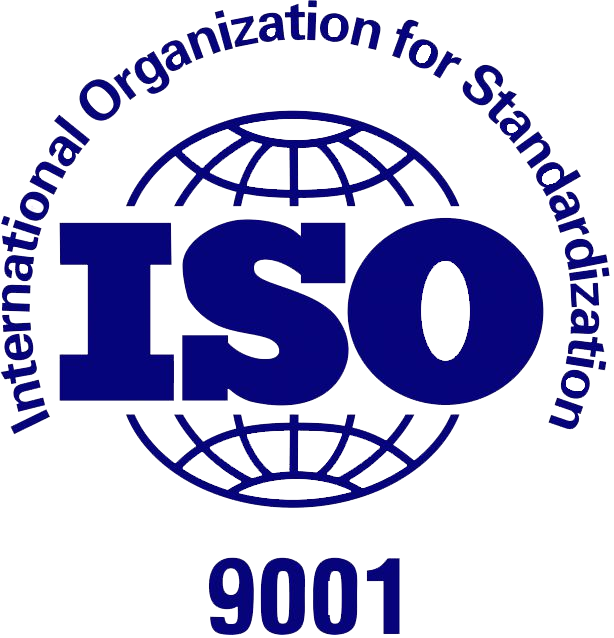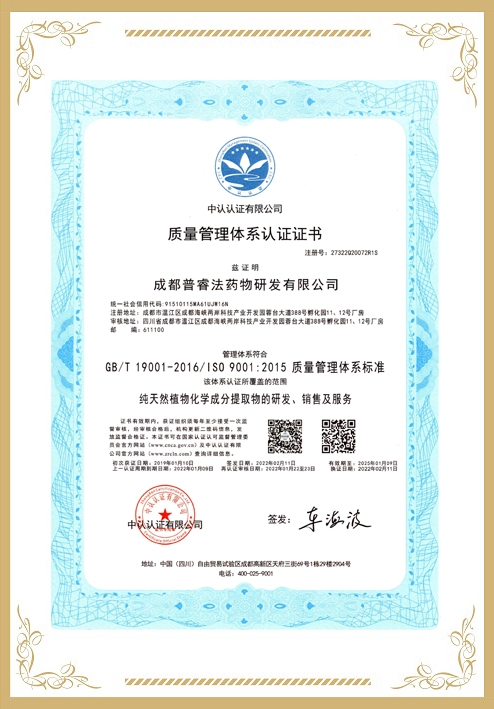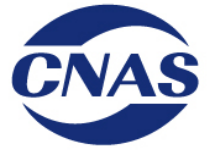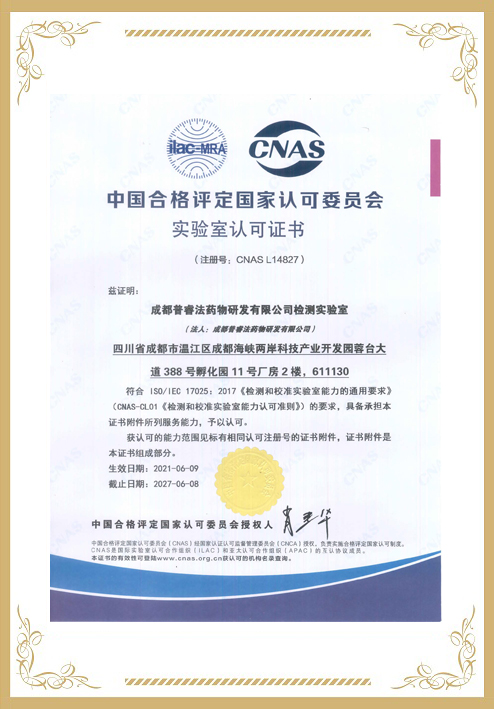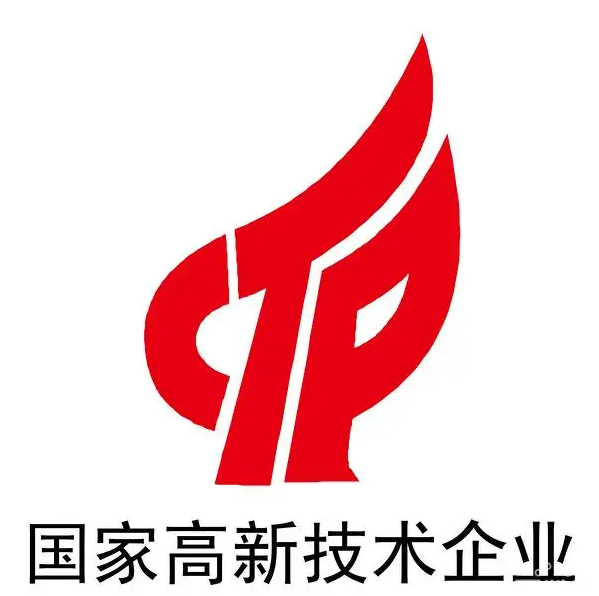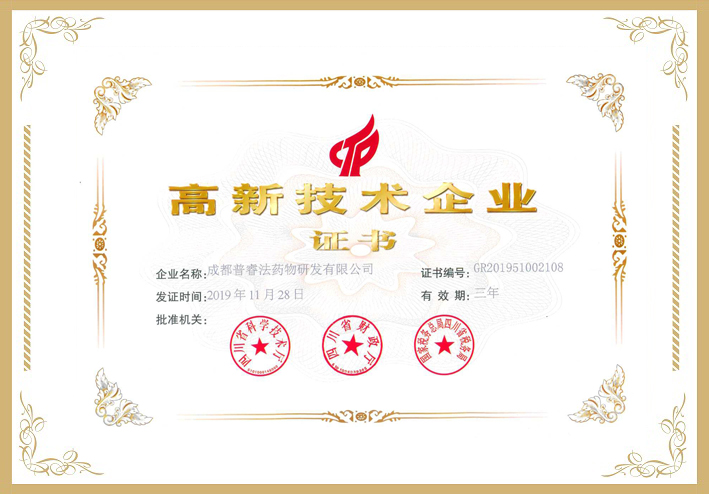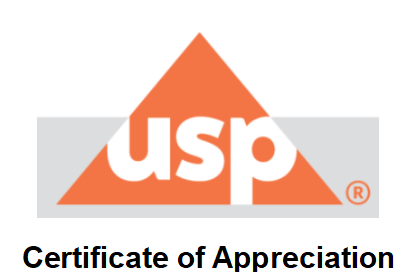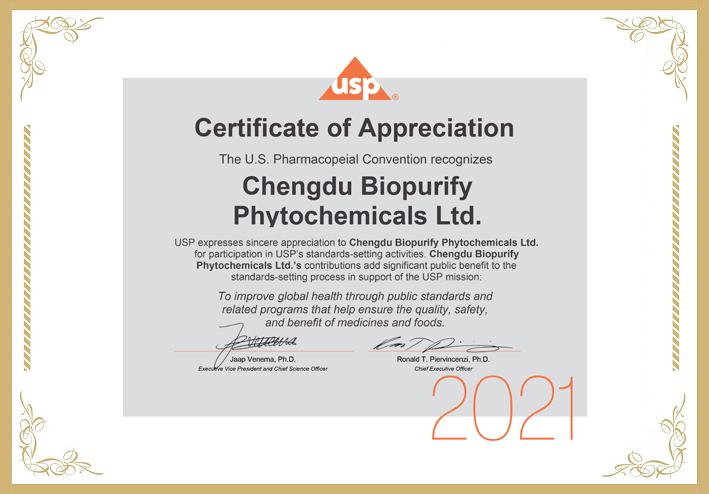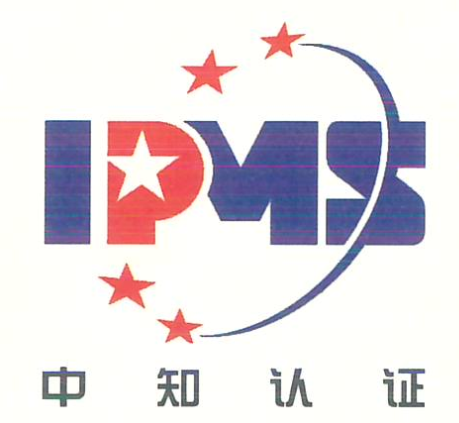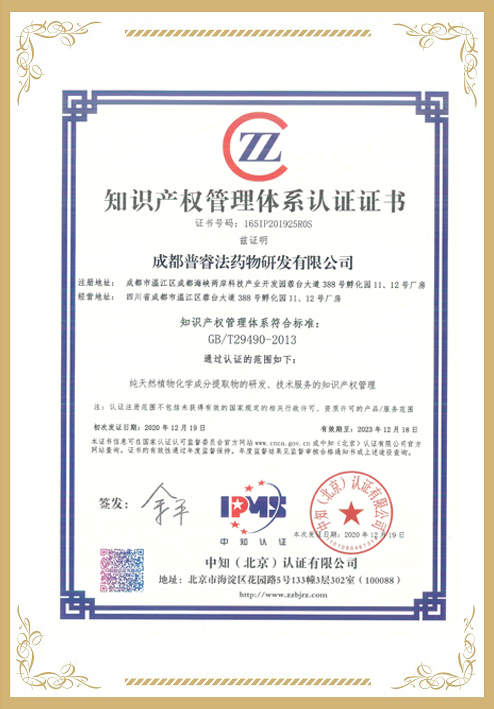This study evaluated mung bean protein isolate (MPI) modification after freeze-thaw treatment and the addition of vitexin-loaded phytosome nanoparticles (V-PHNs). The structural and functional properties of MPI and MPI treated with one freeze-thaw cycle (MPI-FT) before and after adding V-PHN, free vitexin (V), and phytosome nanoparticles without vitexin loading (PHN) were investigated. Results showed that freeze-thaw treatment did not affect protein electrophoresis patterns but induced a more disordered secondary protein structure with increased surface hydrophobicity. The partial unfolding of protein conformation after the freeze-thaw process significantly improved the foaming and emulsifying properties of MPI-FT but decreased its solubility. The MPI-FT had a larger particle size than MPI. The addition of V-PHN decreased MPI α-helix but increased random coil contents, indicating a more disordered protein structure. Fluorescence intensity and maximum emission wavelength changes indicated alterations in protein tertiary structures as a result of V and V-PHN additions. Decreasing fluorescence intensity and the intensity of SDS-PAGE protein bands demonstrated the binding of vitexin with protein hydrophobic regions. Vitexin improved the functional properties of MPI and MPI-FT. Adding vitexin as V-PHN enhanced the emulsifying properties and foaming stability of MPI and MPI-FT more than in the V form. The enhancement of protein functional properties by V-PHN was higher in MPI than in MPI-FT. A more ordered protein structure resulted from the interaction between vitexin and the partially unfolded MPI-FT structure. V-PHN addition increased the total phenolic content and DPPH radical scavenging activity of the protein system.














